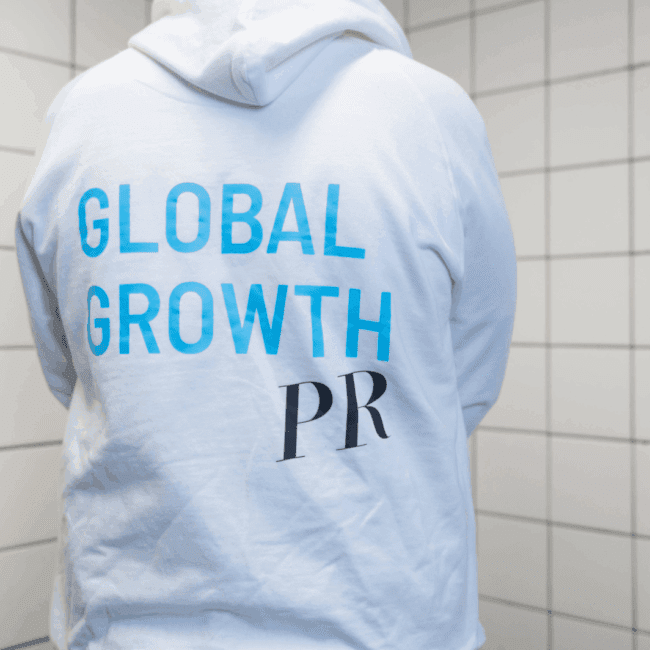We believe that effective PR isn’t about paying and spraying a press release on a newswire. We think that effective PR is all about storytelling and building meaningful relationships with journalists to help them tell stories that matter to their audiences.
The right story + the right journalist, + the right time can be a game changer for your brand. Fulfilling every part of that equation could see you covered in your dream media.
But if one thing is missing from that delicate equation, you could fall flat on your face. Or then the worst-case scenario is that you burn that bridge forever. And often, companies, brands, and even agencies fail to find the right journalists to tell their stories.

What are your options, then?
Are there any alternatives?
Well, a third option is manual research. Manual research is by far the most effective way to find journalists that are relevant to your story, business, and target audience.
To do this, head over to Google, type in the name of your most direct competitor or keyword relevant to your business, and click the News button. Start to browse through the headlines – when you see something that correlates with your brand, click it and try to find the name of the person that wrote the article.
Study their bio, check out their previous articles, or look at their Twitter account to see the types of stories they now cover. Be really critical and ask yourself whether or not this journalist would be interested in your story. Even better, many journalists even include a pinned tweet or a link to their website where they explicitly state what they cover, and how to pitch to them.
Some journalists even have office hours where you can drop by and explicitly ask them about this stuff.
IN A PERFECT WORLD
What you really want is something:
- That’s as easy to use as Meltwater or Cision for finding contacts
- That’s as accurate as doing manual research on Google
- That guides you and helps automate the heavy lifting in building relationships with journalists
- That gives full transparency across your teams, countries, and business units
- That gathers historical data about interactions with the journalists to make it easy to keep building the relationship.
right?
But before all of that
If you’re still looking for more information about how to find good contacts, build lasting relationships with journalists, and track, measure, and report PR, then you can find it all and more in our latest International PR Guidebook.
Check it out!



